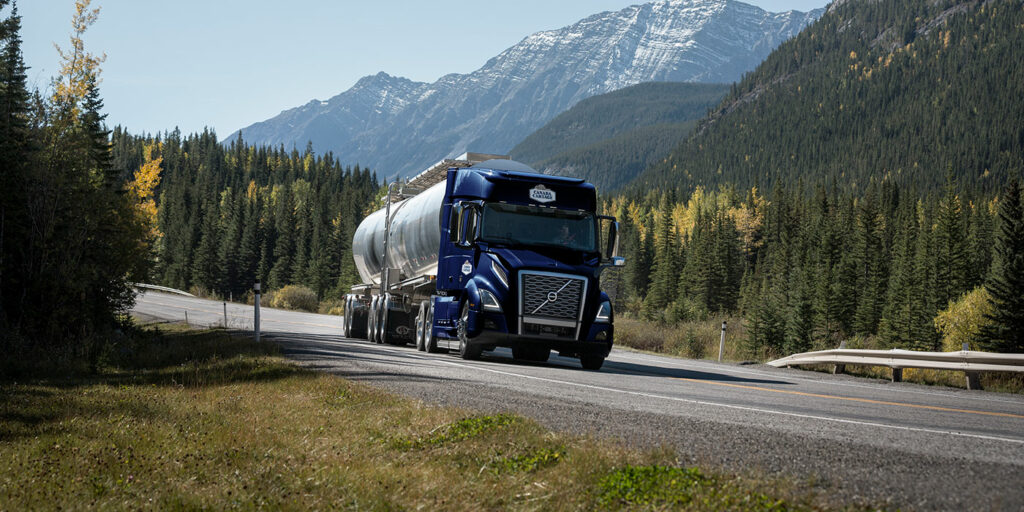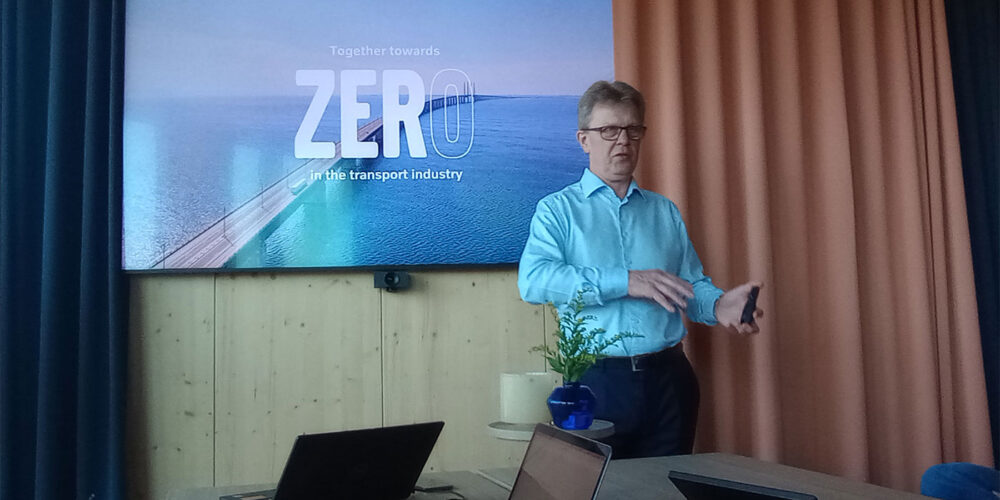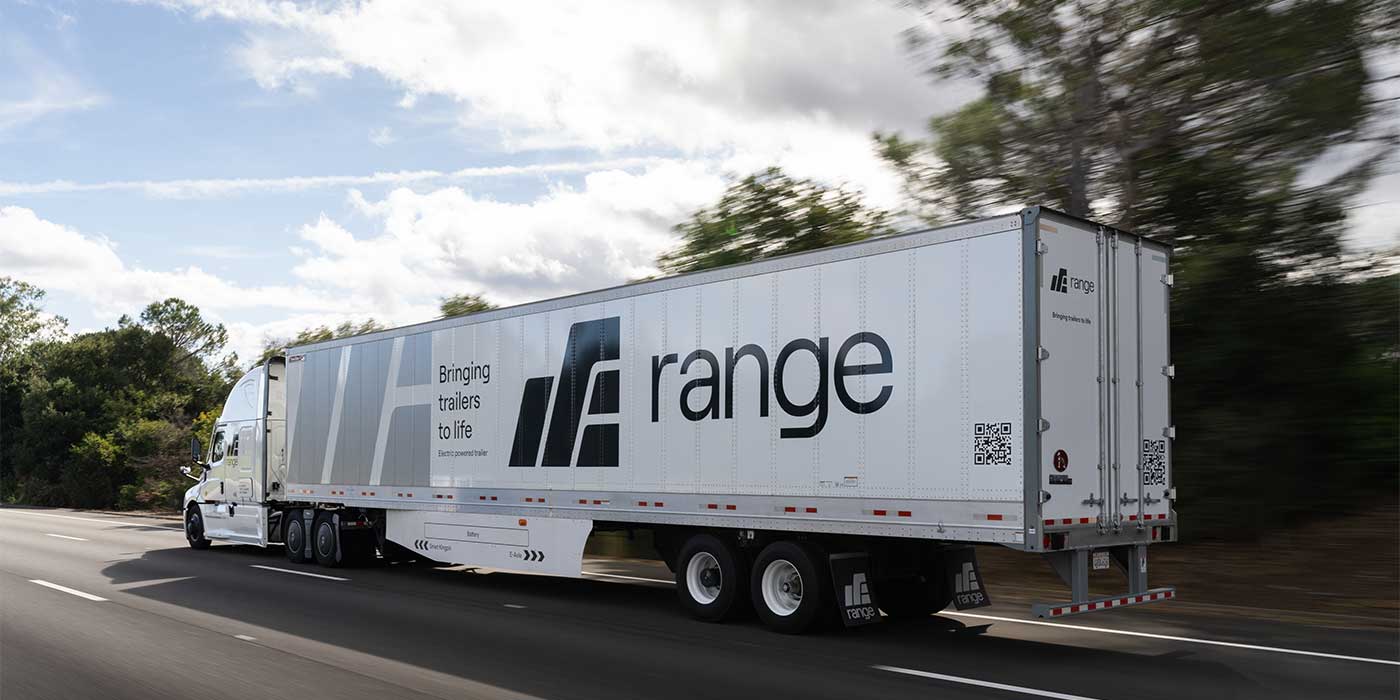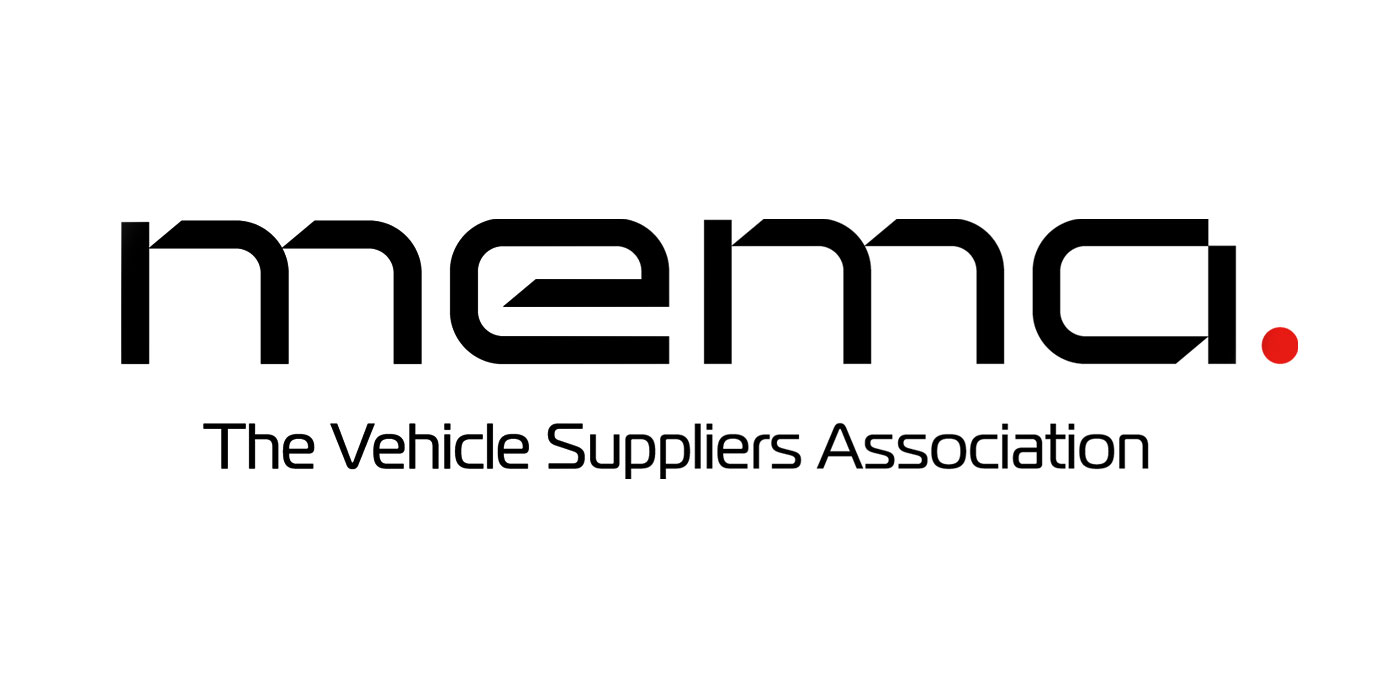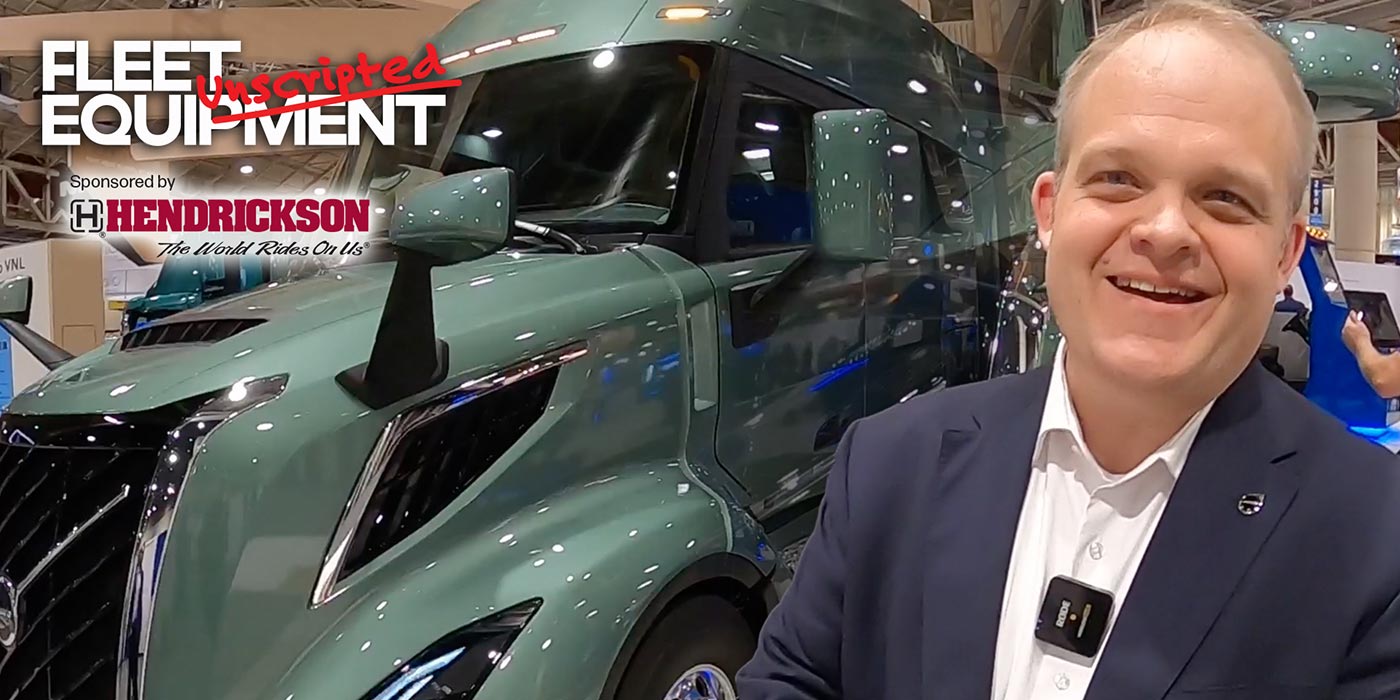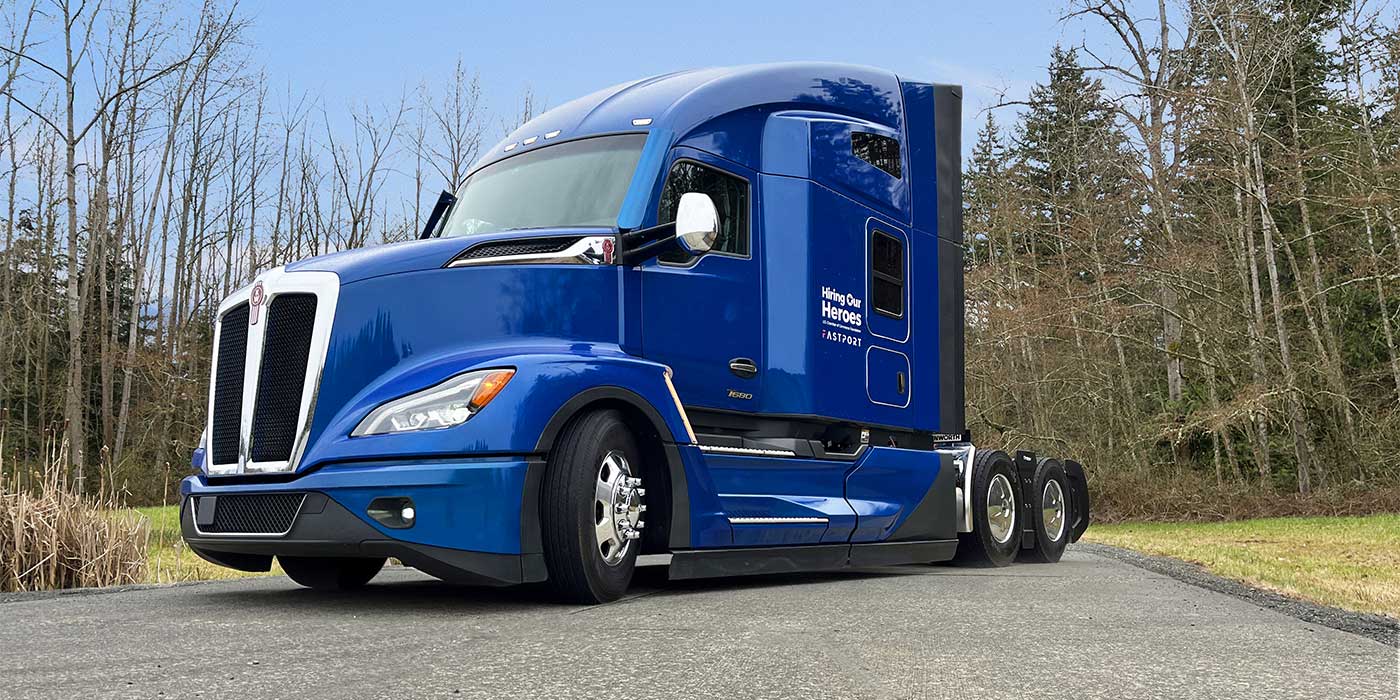For Tony Palmerio, national safety and compliance manager for Canada Cartage, running a tight ship when it comes to safety requires multiple mindsets.
“We have to think in legal terms, which means if your safety program is not documented, it didn’t happen,” he said, “but that’s not all. We have to think like an insurance provider – they come and audit our processes once a quarter to make sure we’re continuing best practices with safety. What’s more, we have to think like a customer – every month our major customers need to see our safety profile. If we fall below a satisfactory level, we might lose their business. And, lastly, and most importantly, we have to think like a driver – we need to give them consistent safety training and information that is easy to consume and information that will be retained. Without our drivers being safe, everything else goes out the door.”
All these mindsets mean that Canada Cartage, which operates more than 3,500 power units, has to have a robust and well-thought-out safety program. And it does. It’s a big challenge for a company that operates mostly last mile deliveries (warehouse to retail)—hauling dedicated loads, bulk, refrigerated, flatbed, hazardous goods and vans with primarily Class 8 day cabs. It’s all paid off. The company has won numerous awards for safety, carrier service, and by having an inviting workplace. For five years straight, it was named as one of “Canada’s Best Employers” by Forbes and is a six-time winner of Trucking HR’s “Top Fleet Employers.”
The safety process starts with finding the right driver candidates. “New drivers are interviewed by our recruiting department to ensure they are suitable for the job, location, work hours/shift, type of work etc.,” said Palmerio. “We then conduct an on-road practical evaluation, which includes a pre–trip inspection, setting up a tractor and trailer, backing maneuvers and on the road driving evaluation. It is a rigorous testing procedure, with many candidates being rejected if they are not up to standards.”
Once drivers are selected, they go through the equivalent of three days of orientation. “We previously did three days of in-house orientation, but that was proving difficult for some drivers since the commute time to our training facilities could be quite lengthy,” said Palmerio. “A couple years ago we decided to do much of that training online and only have one day of in-house orientation. And that’s worked exceedingly well—especially this past year with the challenges of COVID-19.”
For online courses and learning, Canada Cartage uses CarriersEdge, which provides safety modules that address driving, inspection and hazardous materials skills. “Each province differs slightly when it comes to safety requirements and commercial vehicle regulations,” said Palmerio. “So, our content can change. In Ontario, our safety training package with CarriersEdge will include Accident Scene reporting for drivers, Defensive Driving, HOS, Vehicle Inspections, GHS, Slips and Falls, and other related OHS modules. We also upload our own orientation content – company policies, and operational information for example, plus 17 short safety videos that were created in cooperation with the Alberta Motor Transport Association with the help of Canada Cartage equipment and drivers.”
Palmerio said that one of the benefits of working with CarriersEdge is that in addition to English, some content is available in Spanish, French and Punjabi. “Our drivers are quite diverse here in Canada, so it’s helpful to work with a company that creates training modules in different languages,” said Palmerio.
Palmerio said that drivers like e-learning since it allows them to go through the training at their own pace, in their own environment and when they can set aside time. “We think what they learn and retain is better than an in-class setting,” he said. “When they are in class, an instructor has to move through material, so there will be some students who aren’t grasping the content. Everyone has a different learning style. With CarriersEdge, there are no set time limits and there is a series of quizzes before an overall final test. There was a lot of thought in how these modules were put together to ensure drivers retain the information.”
After orientation, drivers are assigned to their work location, and go through site-specific orientation and training, with rookie drivers assigned to a mentor.
With trucks domiciled at over 50 locations throughout Canada, the company has six regional safety managers working with drivers every day. For many of its divisions, the company assigns monthly CarriersEdge modules. “These might be courses that are more specific to our tanker fleet drivers, for example,” explained Palmerio. “Everything is customized for the specific types of operations we run.”
When Palmerio’s safety team spots areas where a driver needs extra training, they’ll assign a CarriersEdge course for remedial work and extra hands-on coaching. “Vehicle inspection is always a critical one for us,” he said. “So if we notice that there are some infractions at a scale for example, we’ll be quick to see why that was. We want to be able to quickly identify issues and address those through training.”
According to Palmerio, being proactive with safety is just as important as being reactive. “Depending upon the account, we will utilize collision mitigation technology,” he said. “And we let technology on trucks help us know what’s going on—we use telematics so we can track hard braking, speed and sharp turns for example. And we have forward facing cameras in our tanker division to help record any critical event. The trucks help tell the story on how they’re being driven, so we use that for additional training opportunities.”
For Palmerio, being proactive also means having safety supervisors out in the field on a daily basis, working with drivers on pre- and post-trip inspections, e-logs, and job-specific concerns like cargo load securement. “They interact with drivers at their delivery locations, known as JSOs [Job Site Observations[, and they assist with, and reinforce, job specific safety processes and procedures to ensure drivers are using the proper PPE, etc.
“We also have a ‘pro-trainer’ program. These are drivers that have received specific training to assist other drivers in the field—similar to what a safety supervisor would do. We use the pro-trainers as mentors, and call on them for on-road evaluations and job specific training as needed.”
The company communicates with drivers on a monthly basis through its “ToolBox Talk”, and Safety Corners newsletters and poster series. Both convey safety information and reinforce how critical safety is to the operation.
Drivers are recognized and rewarded by Canada Cartage. The company has quarterly safety bonus based on safe driving with no preventable incidents. “It’s a core requirement for us,” said Palmerio. “In today’s environment, you need to protect the motoring public as well as your company in the case of litigation. Our goal is to hire the right people, train them well, continue with their education, and have documentation in everything we do. That way, everyone wins.”


